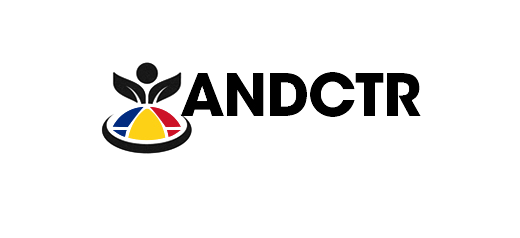“Un oraș vibrant, în creștere, construit pe
principiile dezvoltării verzi și al
tehnologiei inteligente, cu spații verzi
reabilitate și rețele de mobilitate eficiente”
A benchmark for a green city has been established by measurement the performance of the city, considering the current state of the environment.
An exercise followed of consultation, with a wide range of stakeholders, including groups of youth, community organizations, city officials, operators of infrastructure and key service providers.
Main areas considered priorities as part of this process, included:
Air quality – baseline air quality indicator levels (PM2.5) have been found to be elevated with evidence that there are also levels high PM10 in winter and occasional exceedances of standards of NOx;
Greenhouse Gas Emissions (GHG) – Annual GHG emissions per capita are high at 13.7 tCO2e /place/year. Contributors key to GHG are residential buildings and transport
Green spaces – while there were several large parks, there weren’t many available information related to small green spaces in the city, many of they being subject to development pressures;
Resource consumption – the consumption of resources such as water, energy and waste production were all concerns;
Vulnerability to climate change – there is no planning formal to understand the risks generated by climate change or to develop adaptation strategies;
Pressure on land use – despite the low density of a stable populations, there is a development pressure, both on the space green, as well as on the marginal areas of the city, which could encourage expansion.

